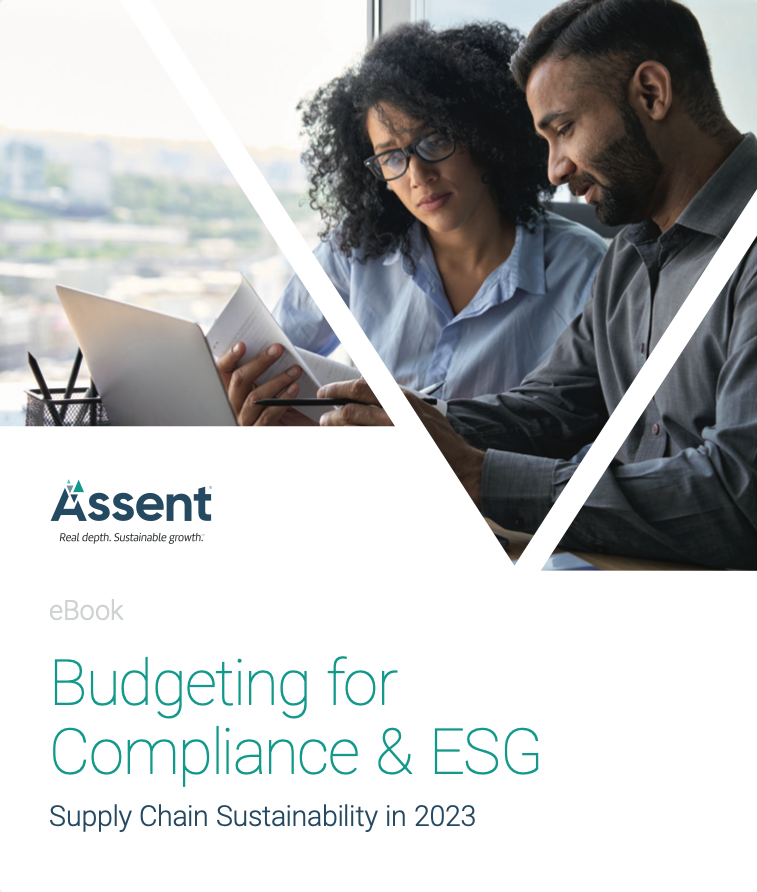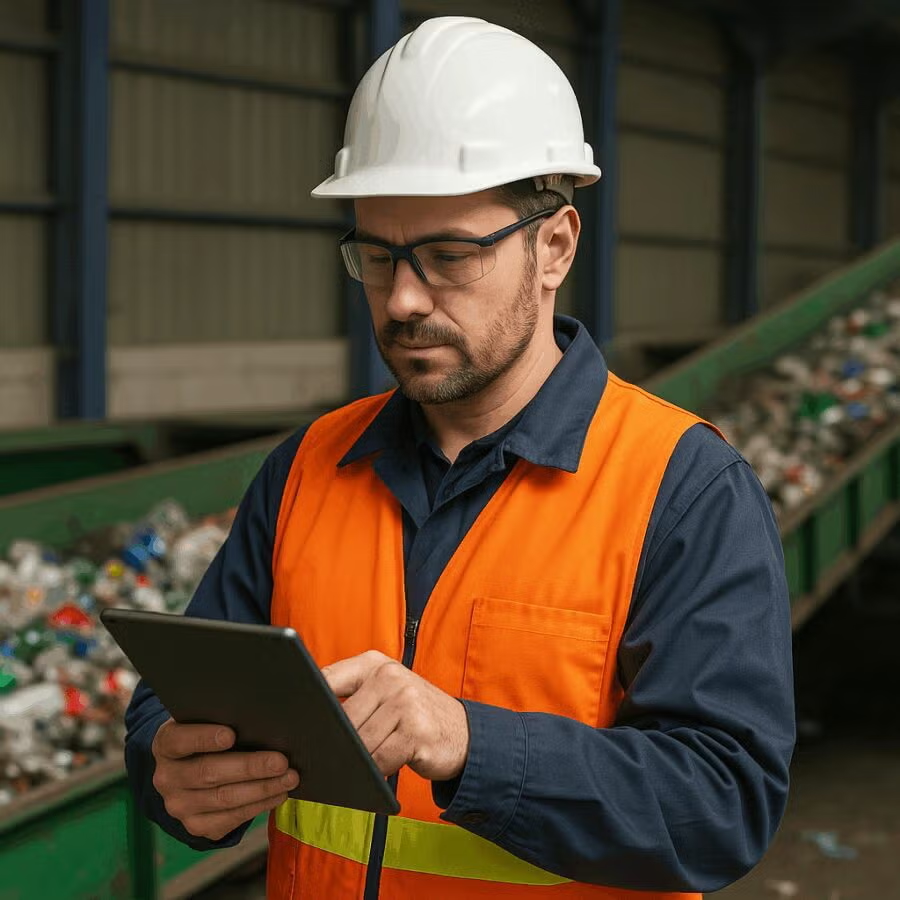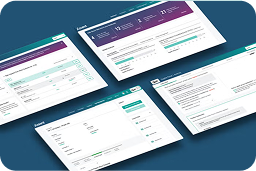If you sell or import goods to the European Union (EU), or supply articles to a client operating in the EU, you’ll need to demonstrate REACH compliance (Registration, Evaluation, Authorisation and Restriction of Chemicals REAC Regulation). The REACH Regulation is a cornerstone product compliance regulation for the EU, setting the tone for other legislation, including the Restriction of Hazardous Substances (RoHS) Directive and the EU Waste Framework Directive.
What is REACH compliance, and what does it mean for your company? The regulation is complex, so it’s not always easy to understand REACH compliance requirements. This article provides an overview of REACH, some best practices to proactively meet your requirements, and important resources for manufacturers.
REACH Regulation Framework
The European Chemicals Agency (ECHA) enforces the regulation and is responsible for authorizing the use of certain substances and maintaining the following regulated substance lists:
| Candidate List | Authorisation List | Restricted List |
|---|---|---|
| Substances with health or environmental effects that ECHA is currently evaluating for potential replacements. | Substances that have been evaluated as having serious effects. Substances on this list have a sunset date after which they require authorization to use. | Substances that ECHA has banned or restricted use of in certain situations. |
The goal of the REACH Regulation is to protect human health and the environment from the effects of these potentially harmful substances of very high concern (SVHCs) by communicating or limiting their use in durable goods within the EU. To comply with this goal, durable goods manufacturers are responsible for tracking and communicating SVHCs in their products.

Protect Your EU Market Access: The REACH Handbook
Ensure your products can enter the EU market with a compliance program that meets all the requirements of the REACH Regulation. The REACH Handbook gives you expert insights to improve your compliance program, including:
- Tracking and reporting substances of very high concern (SVHC) in articles
- Staying ahead of PFAS risks in your supply chain
- Managing authorization expiration dates to avoid early obsolescence













